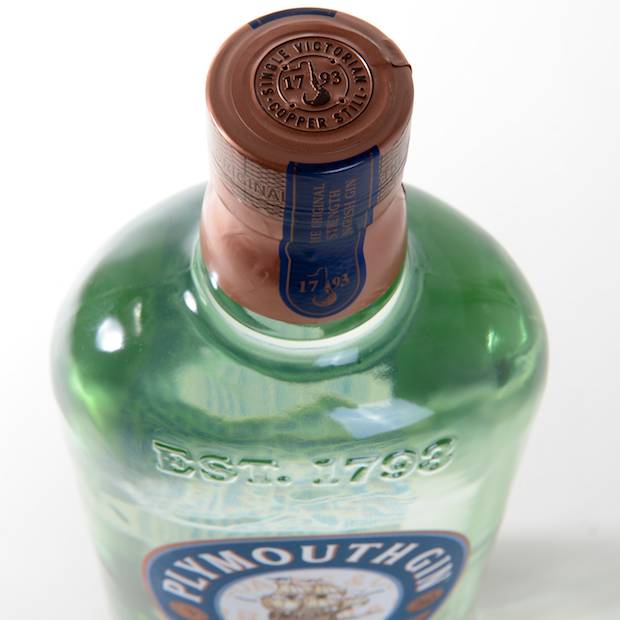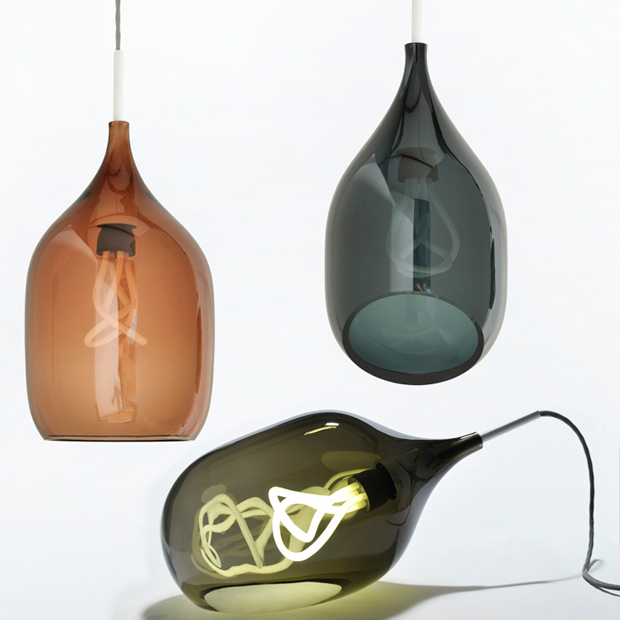Shonibare’s Ship in a Bottle
The long-lasting engineering behind the Fourth Plinth project
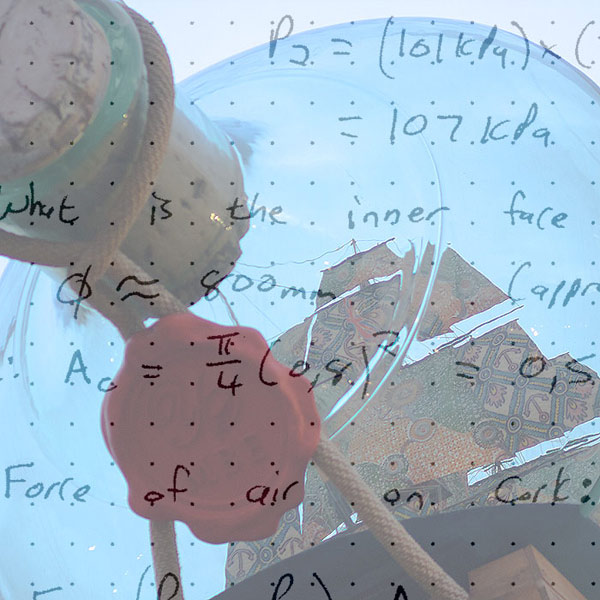
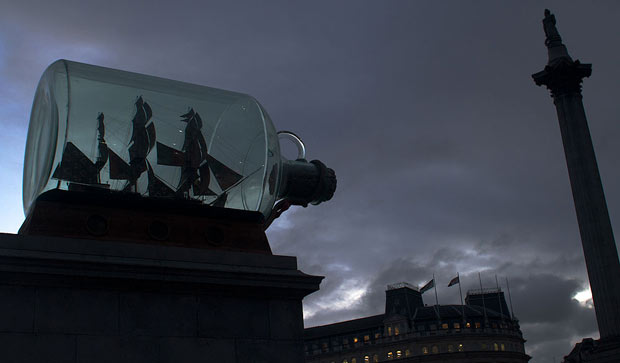
For centuries model-makers and artists have played with the challenge of building a ship in a bottle, and in May 2010, British-Nigerian artist Yinka Shonibare MBE erected the largest to date for the Fourth Plinth commission in Trafalgar Square. On view for the past 18 months, the five-meter-long bottle is not only a historical tribute to the location it serves, but it is also a significant engineering feat, packing 37 large sails inside and featuring a beautifully robust glass exterior that has held up to the blustery London weather.
Looking back on the amount of time in which the 1:30-scale model spent on resting on the fourth plinth in Trafalgar Square, David Segall, an engineer at Max Fordham LLP in London, explained some of the project’s challenges. The engineering firm, which usually works on large building projects like the expansion of the Tate Modern, treated Shonibare’s work no differently. Segall explained that engineering is about problem-solving, and the Shonibare project had some unique conditions to overcome. The team had to make sure that condensation wouldn’t form inside the bottle, the cork wouldn’t shout out, pressure wouldn’t break the bottle and that wood on the ship wouldn’t crack or grow mold. Plus, they had to design a special lighting system for proper nighttime viewing.

Segall showed us the mathematical equation that determined the “cork pressure” and a whole set of drawings outlining the mechanical systems managing the air temperature inside the bottle. The scaled-down sales on the HMS Victory appear to be flapping in the ocean breeze, but it’s actually from fans circulating air, and the portholes in the base of the structure serve as functional air vents.
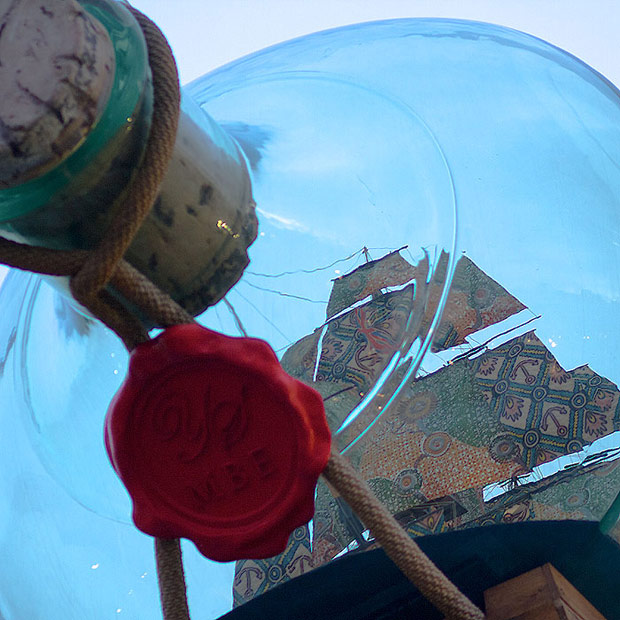

A preprogrammed SIM card inside the base of the statue sends a message to a slew of mechanics and project managers if something does malfunction, but Segall said he didn’t think any problems had actually arisen over the last year and a half. When repairs or maintenance do have to be performed, the base opens to access the mechanics of the system, so you probably won’t ever see someone inside the bottle.
A trademark of Shonibare’s work has been his exploration of the colonial relationship between Europe and Africa, especially through the use of “African” fabric, which was introduced to Europe by Dutch sailors. Shonibare placed the batik fabric on his miniature version of the naval ship, perhaps the most important vehicle of Britain’s imperial expansion.
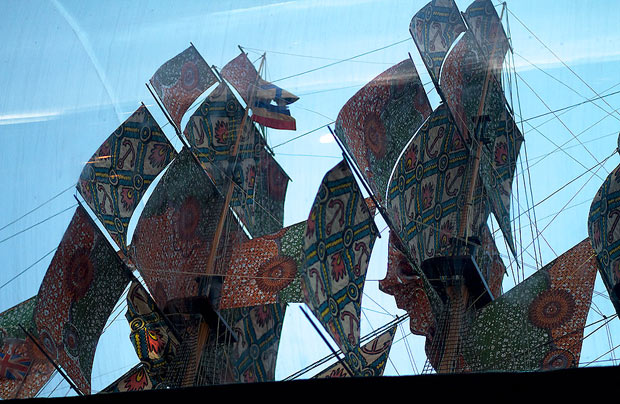
The Max Fordham team will relocate the structure to a permanent location in January—if the funds can be raised, it will go to the National Maritime Museum in London. “The whole brief changes,” says Segall. “We have more freedoms because we are working on locating the structure in a permanent location, but every location has its own problems that we’ll have to solve.” When asked if Shonibare knew about all of the engineering considerations that went into the project, Segall laughed. “He must have some idea of the challenges of his ideas, but he never worked directly with our team.” After all, why bother an artist with technicalities of the real world?
Photos by Aaron Kohn
